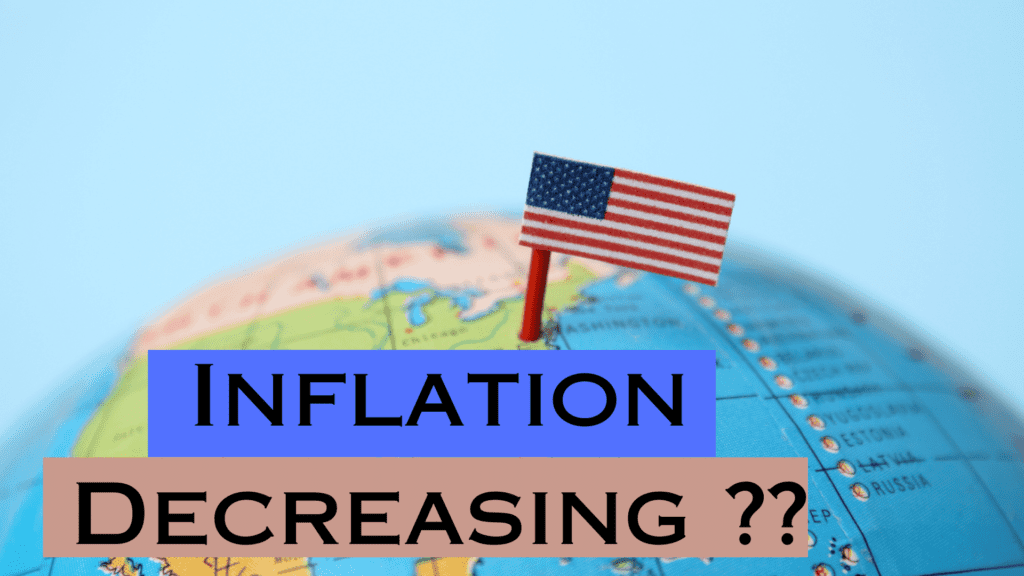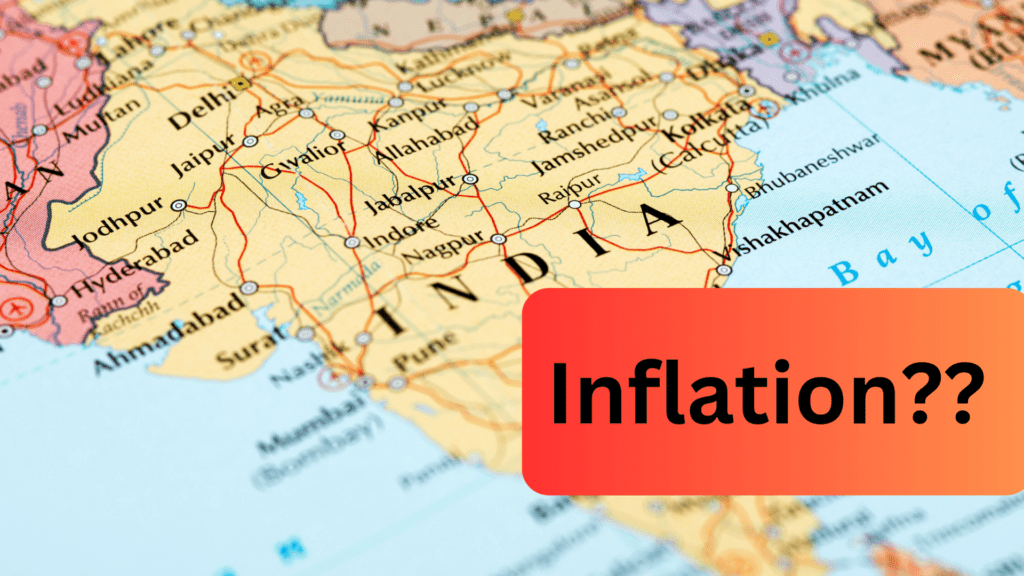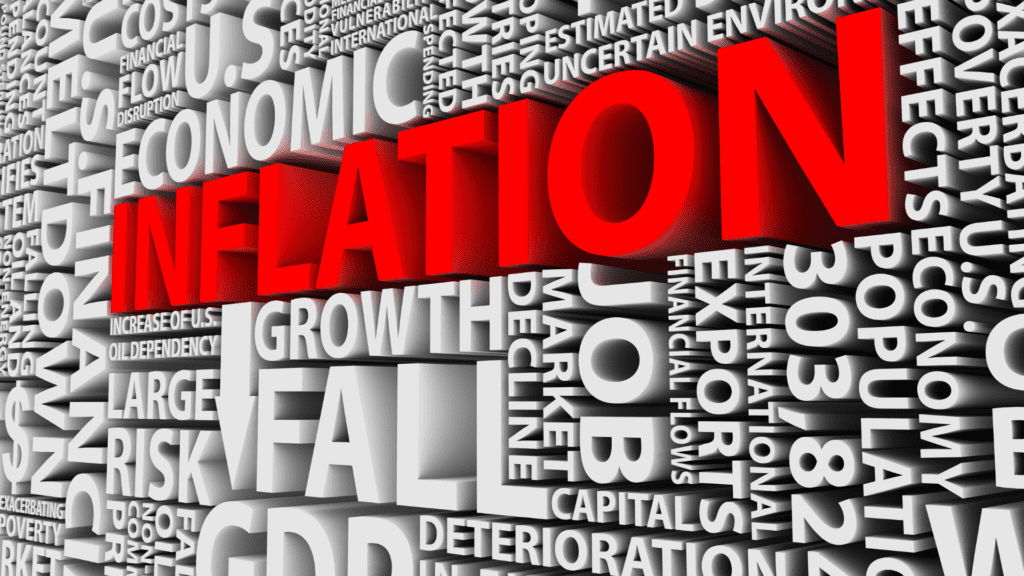
Introduction
Welcome to our blog post where we delve into the economic trends and changes observed in the United States between June 2022 and June 2023. By analyzing key economic parameters, with a particular focus on inflation, we can gain valuable insights into the country’s economic landscape during this period. From currency stability to stock market fluctuations, and from GDP growth rates to unemployment levels, let’s explore the trends that have shaped the United States’ economic performance over the past year.
Yearly Comparison: June 2022 vs. June 2023
Based on United States Indicators (tradingeconomics.com) data, comparing the June 2022 and June 2023 data for the United States, we can observe the following trends on economic parameters, particularly regarding inflation:
1. Currency: The value of the US dollar (USD) has remained relatively stable at 104 in June 2022 and June 2023 at 102.
2. Stock Market: The stock market index has slightly decreased from 31,501 points in June 2022 to 34,299 points in June 2023. This suggests some volatility and fluctuations in the stock market during this period.
3. GDP Growth Rate: The GDP growth rate has increased from -1.5% in June 2022 to 1.3% in June 2023. This indicates a recovery in economic growth over the year.
4. GDP Annual Growth Rate: The GDP annual growth rate has decreased from 3.5% in June 2022 to 1.6% in June 2023. This suggests a slower pace of economic expansion over the year.
5. Unemployment Rate: The unemployment rate has slightly increased from 3.6% in June 2022 to 3.7% in June 2023. This indicates a small uptick in unemployment levels.
6. Inflation Rate: The inflation rate has decreased from 8.6% in June 2022 to 4% in June 2023. This suggests a decline in the rate of price increases and a moderation in inflation.
7. Interest Rate: The interest rate has increased from 1.75% in June 2022 to 5.25% in June 2023. This indicates a significant tightening of monetary policy to control inflation and manage economic conditions.
8. Balance of Trade: The balance of trade has improved, with the deficit decreasing from -87,077 USD million in June 2022 to -74.55 USD billion in June 2023.
9. Government Debt to GDP: The government debt to GDP ratio has increased from 137% in June 2022 to 129% in June 2023. This indicates a higher level of debt relative to the size of the economy.
10. Business Confidence: Business confidence has slightly decreased from 56.1 points in June 2022 to 46.9 points in June 2023. This suggests a slightly less optimistic outlook among businesses.
Conclusion
In conclusion, the analysis of economic data from June 2022 to June 2023 provides a comprehensive overview of the United States’ economic condition. The trends observed in various parameters, especially regarding inflation, shed light on the country’s economic landscape. While the US dollar remained stable, the stock market experienced fluctuations. The GDP growth rate indicated a recovery, albeit at a slower pace, and the unemployment rate saw a slight increase. Notably, the decrease in the inflation rate and the tightening of the interest rate demonstrated efforts to manage economic conditions. Although there was an improvement in GDP growth and a moderation in inflation, challenges persisted in terms of unemployment levels and government debt. It’s crucial to recognize that economic conditions are influenced by a myriad of factors, both domestically and globally. These trends provide a valuable snapshot of the economic situation during the respective periods and pave the way for further analysis and discussion on the United States’ economic trajectory.



